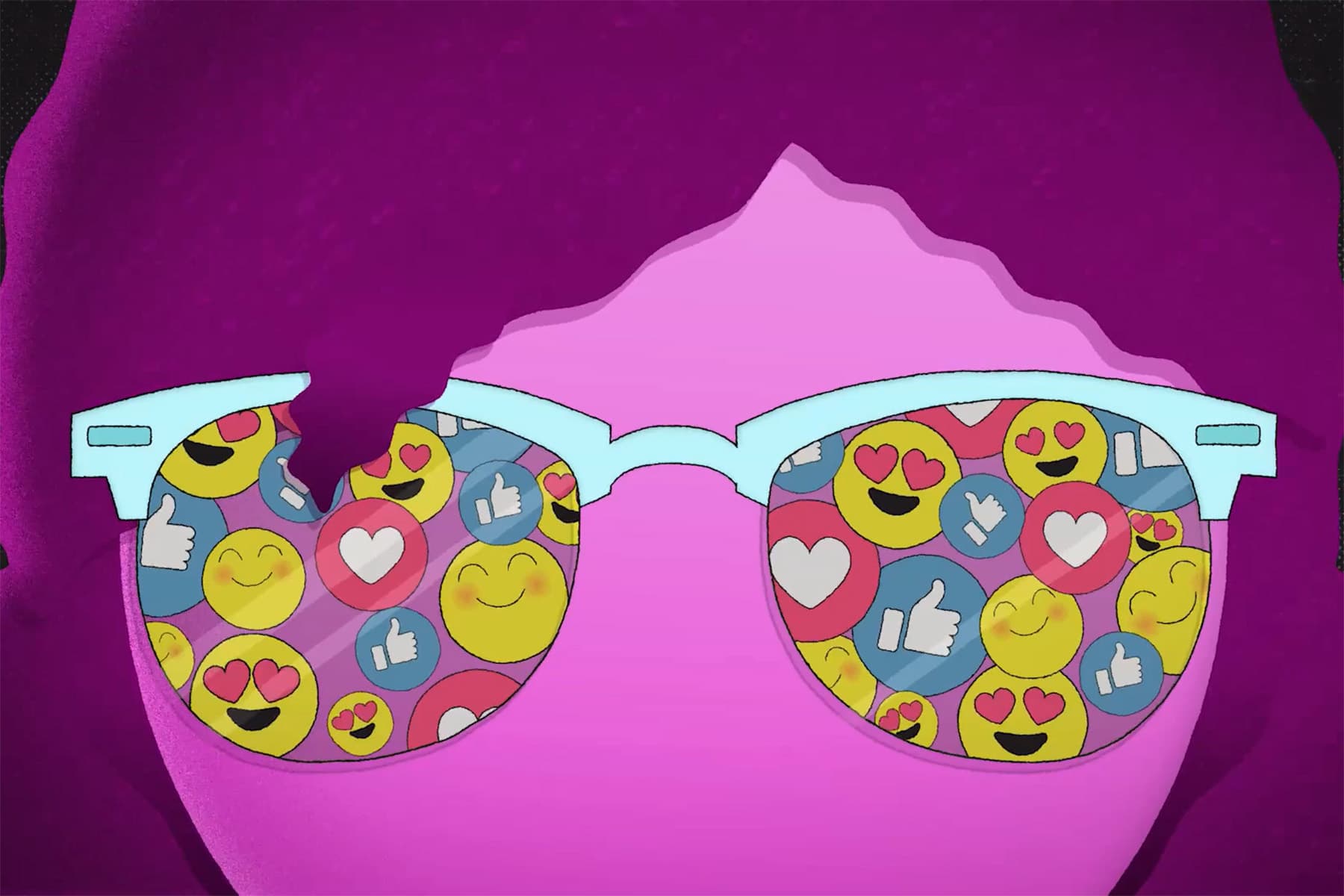|
Getting your Trinity Audio player ready...
|
Young people are breaking generational thought patterns surrounding colorism despite making older generations “uncomfortable,” according to mental health professionals. This is the final entry in our four-part series on color and mental health.
Dec. 15, 2022– During bath time with their grandmother, 5-year-old Afro-Latina triplet girls were playing with toys that spurt out water.
After filling the toy with water and soap, one of them innocently turned to their grandmother.
“If I spray this, my skin will be lighter.”
This became a pivotal moment for their parents — Marland and Anniella May — millennial mental health professionals of Caribbean and Argentinian descent, respectfully. Was their little girl thinking that lighter skin would be better? Colorism came early to their home.
“I took a more direct role in making their surroundings and being very intentional about what we’re presenting to them,” says Marland.
Addressing colorism – a real or perceived bias based on skin tone and color — isn’t easy, especially since doing so means “trying to undo 500 years of systematic miseducation,” according to Nayeli Y. Chavez-Dueñas, PhD, a licensed clinical psychologist and professor at the Chicago School of Professional Psychology.
Across the globe, darker skin puts millions of people at a disadvantage. Within communities of color, lighter skin often bestows better access, privilege — and better mental and physical health.
“While I may feel frustrated and angry when people make comments that are coloristic, I have to remember all of us have been exposed to that education before we were even born,” Chavez says.
Fostering Community
It can be tough to go against the grain in both your community and in your family, especially if you’ve repeatedly heard colorist comments or live in a non-diverse community, according to Josephine Almanzar, PsyD, a licensed psychologist and owner of Oasis Psychological Services.
“It really is an act of full-on rebellion to fight against what you’ve been told your whole life,” Almanzar says. “Being able to find a community is important so that you don’t feel like you’re alone in this fight to be who you are.”
It’s also crucial for conversations about colorism to take place outside of the home, too, like in churches, schools, the media, and through prominent members of society, according to Radhika Parameswaran, PhD, associate dean of The Media School at Indiana University in Bloomington.
Social media has also been a major tool for raising awareness about colorism, as well as a means of support for those who may feel isolated by their family or communities in general.
“In South Asia, particularly in India, I hear young women talking more and more about how this [colorism] is wrong and how things need to be changed,” says Parameswaran.
Breaking Down Barriers
While the burden ultimately lies on younger generations to break generational and societal thought patterns on colorism, Almanzar says young people give her hope.
For example, they’re more likely to rock their naturally coily hair or maybe sunbathe even though they’ve always been told “they’ll get too dark” — both of which can make older generations “uncomfortable,” she says.
Practicing positive self-talk, or your inner dialogue, is a key factor in helping young people embrace their skin tone and physical features, says Anniella, the now 6-year-old triplets’ mother. This could be asking children to reflect on what they see when they look in the mirror, or their inner dialogue after making mistakes.
“It’s the reinforcement of the fact that you are beautiful; you are smart,” Marland says. “We wanted to highlight other areas of their personality before we went to their beauty, almost as to validate who they were. But we needed to validate their identity and what they look like first.”



